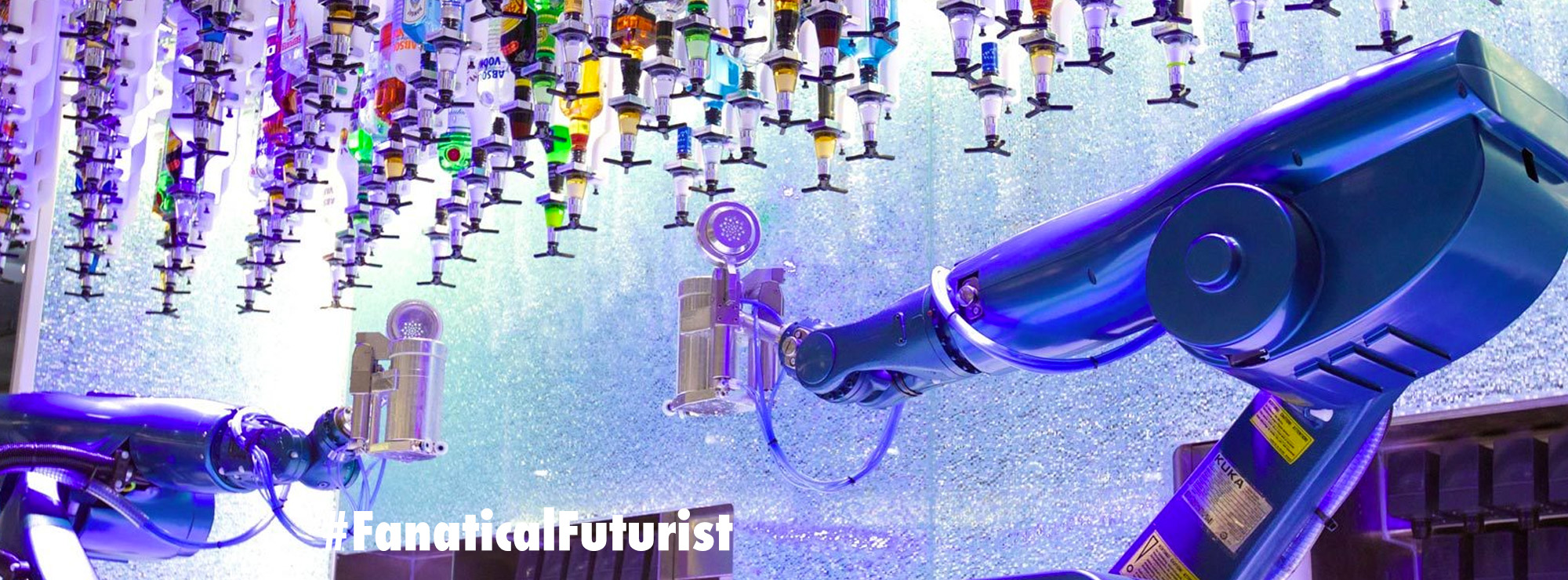
WHY THIS MATTERS IN BRIEF
When patients fall into comas the effects on them, and their loved ones can be fatal or at best catastrophic, but a new breakthrough treatment has managed to wake up long term comatose patients.
Sometimes when people experience a severe brain injury, or trauma, they end up in a coma, and while some comatose patients sometimes begin showing signs of intermittent consciousness they’re generally never able to communicate, and this state, known as “Minimal Consciousness” can leave families and friends feeling helpless and heartbroken.
Now though, hot on the heels of a breakthrough where researchers found a new way to restart hearts using just light, researchers in the US have discovered that these minimally conscious patients have been responding remarkably well to a five day course of treatment that involves 20 minutes a day of Transcranial Direct Current Stimulation (TDCS) therapy, and in most cases they found that the patients involved, many of whom had been in comas for at least three months, were able to respond to commands, recognise objects, and, in a few cases, even communicate.
The treatment works by stimulating the neurons in the patient’s brain using low levels of electricity, and in the latest study, which was published in the journal Brain Injury, the treatment was applied to the patient’s prefrontal cortex – the part of their brains involved in high level cognitive functions and consciousness, and which is connected to other important areas in the brain.
Waves of electrical activity moving outward from the prefrontal cortex into other areas of the brain is the “signature” of consciousness, and this study’s success in stimulating some of these outgoing electrical impulses and patterns suggests that one day researchers might be able to help comatose patients wake up permanently, not just temporarily as they did in the study.
Approximately 315,000 Americans suffer from consciousness disorders and of those around 280,000 are minimally conscious, and while most of these disorders are caused by head traumas they can also be caused by overdoses, poisoning, suffocation, strokes, and even severe infections such as Meningitis or Encephalitis. And anytime a patient survives more than four weeks in a comatose state they inevitably end up entering a vegetative state with relatively few managing to ever regain full consciousness.
While the new study is encouraging it’s obviously still incomplete, and, while longer periods of stimulation in this latest research led to more significantly improved consciousness, it wasn’t clear if the patients could sustain their improvements, and if they couldn’t then it might be the case that further ongoing treatments might be necessary.
Either way though the treatment is cheap to reproduce and easy to use, so it’s possible that we might start seeing long term trials taking place soon, and if it is successful, and if it does help pull loved ones out of comas, then the benefit to the patients, and the families afflicted by this condition will be life changing.
















my father has been in a coma for over two months now . I am looking for an experimental treatment for him to regain consciousness . Would appreciate any contact from you regarding this situation . Thank you